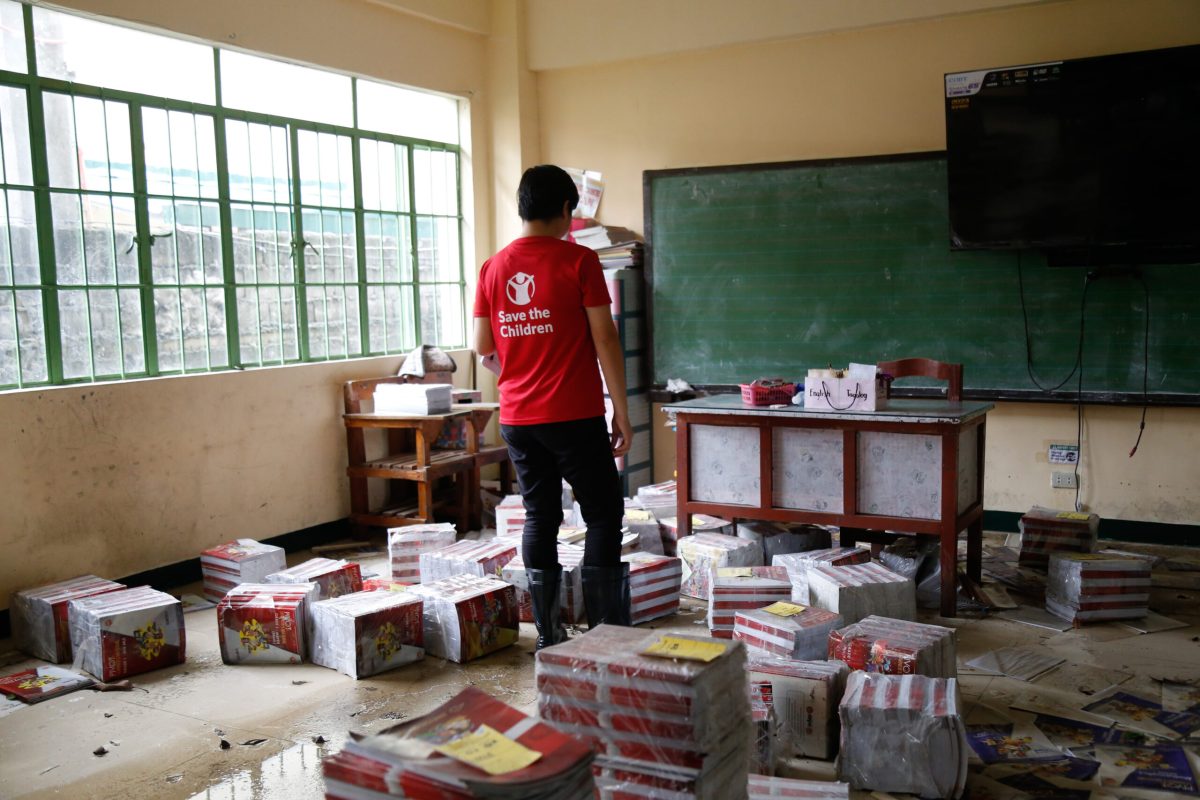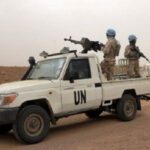
By DOMINIC GUTOMAN
Bulatlat.com
MANILA – A children’s rights group called for urgent government action for at least 3.5 million children in Metro Manila due to typhoons Butchoy and Carina this month.
In a statement, Save the Children Philippines (SCP) underscored how the rights of the children are most vulnerable in times of disaster.
The Philippines is considered the epicenter of displacement among children due to weather-related events. Data from the United Nations Children’s Emergency Fund (UNICEF show that 97 percent experienced three or more types of shock, hazard, or stress. In this context, the SCP stressed the heightened risk of displacement, exposure to diseases, and interruption of education for Filipino children.

Requiring long-term solution
Carla, a 15-year-old member of SCP’s National Children’s Advisory Team, feared the collapse of their house after the severe flooding in their area. “There are holes in our roof and the leak in my room is severe. My school card got wet, making it difficult for me to apply for a scholarship. I’m also scared that our house might collapse soon.”
She lives near a river in Navotas City, one of the affected areas of the supertyphoon Carina. “Emergencies shouldn’t be the only time we help the most vulnerable. As Navotas frequently experiences flooding, shouldn’t we be better prepared by now? We need long-term solutions to ensure the protection and resilience of children and their families.”
SCP said that children in marginalized communities and those with disabilities are disproportionately affected by the disaster and would require more support to recover.
Requiring health and educational intervention
The children’s health also requires attention after a typhoon and flooding. Amado Parawan, health adviser of SCP, said that flood waters may be contaminated with bacteria that can result in illness. “Thus, we encourage everyone to exercise precaution, especially for children, and seek immediate medication at the nearest health facility, if infected.”
The situation is also not any better in evacuation areas. “They are overcrowded, making them more prone to the spread of diseases. The flood also brings debris around, which can also be a source of illness,” said Nel Artisuela of the Task Force Children of the Storm (TFCOS), a consortium of child rights groups.
Aside from nutrition and educational assistance, “the government should also focus on providing psychosocial interventions for the children,” Artisuela said.

UNICEF said that the upcoming school year may be at risk with thousands of schools severely affected in the country, while some are being used as evacuation centers. As of this writing, there are 149 schools still being used as evacuation centers.
“While the children and schools themselves are not ready, the Department of Education (DepEd) has yet to issue a memo to assist those affected by the typhoon,” said Artisuela.
The new school year for primary and secondary schools was supposed to start on July 29. However, 832 public schools have postponed the opening of classes in the affected areas of the typhoon Carina to allow rehabilitation, according to DepEd.

Immediate relief
TFCOS provided relief to more than 1,000 children and their families, particularly at Barangay Industrial Valley Complex, Malanday, and Sto. Niño in Marikina City; Barangay Kalawaan in Pasig City; Barangay Bagumbuhay in Quezon City; and Tondo in the City of Manila.
While these communities were affected by typhoon Carina, Malanday was more affected as it is adjacent to Marikina River whose water level reached 20.7 meters.
“Both children and adults […] fear rising waters, fear every time a storm approaches, fear when the rain gets heavy. In Riverside, Tondo, the children say they are afraid whenever there’s heavy rain because it means the waves will destroy their homes again and would wash them away as they do not know how to swim,” Artisuela said, adding that the continued deforestation and large-scale quarrying in the Rizal province caused the flooding in low-lying areas.
This situation has been disastrous to the Sierra Madre mountain range which historically shielded not just Metro Manila but the whole of Luzon from countless typhoons, environmental groups said.
“Those behind widespread mining and environmental destruction should also be held accountable, as this is the reason for the significant damage caused by the typhoon in the country,” Artisuela said. (JJE, DAA) ![]()




